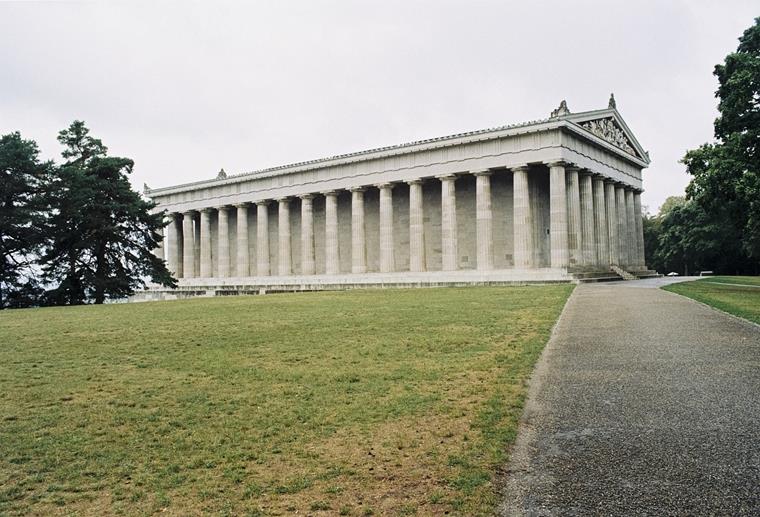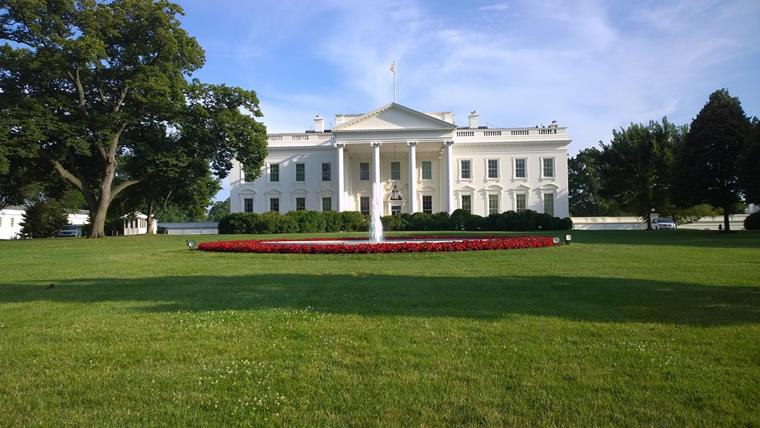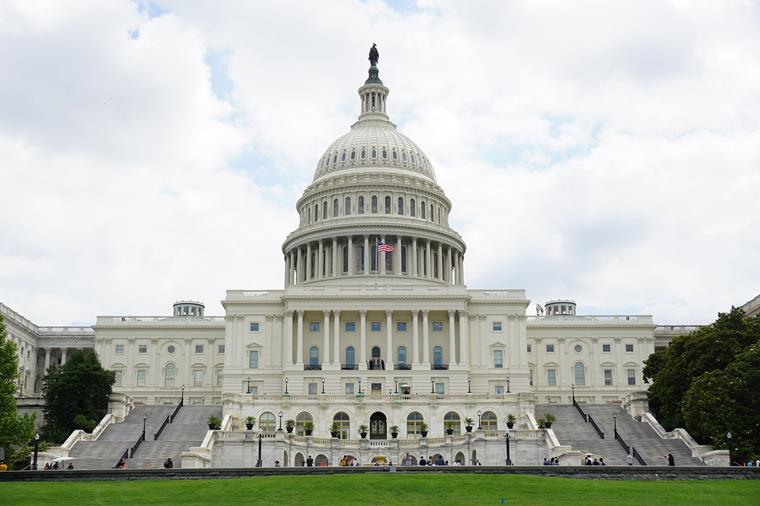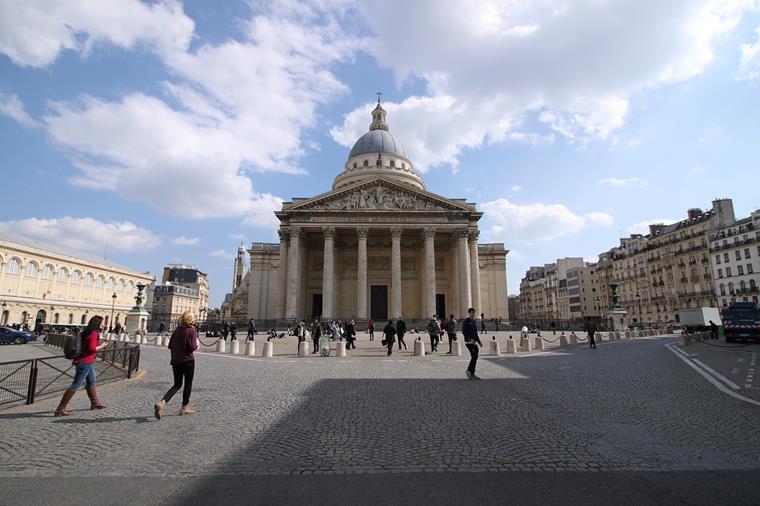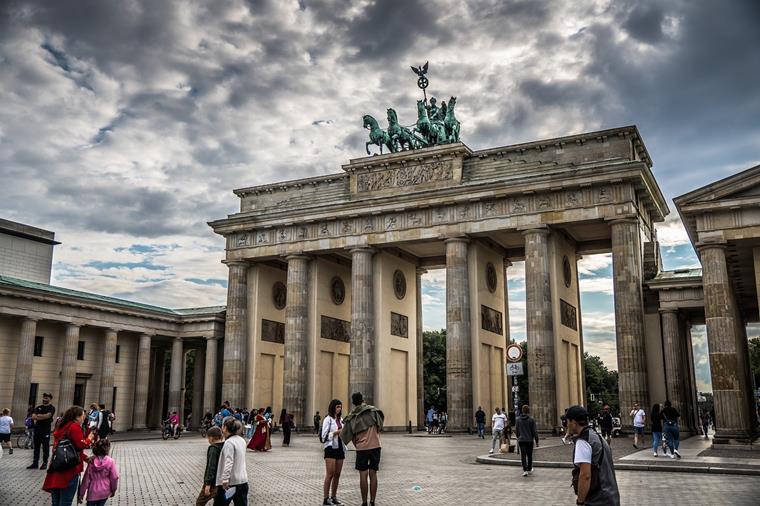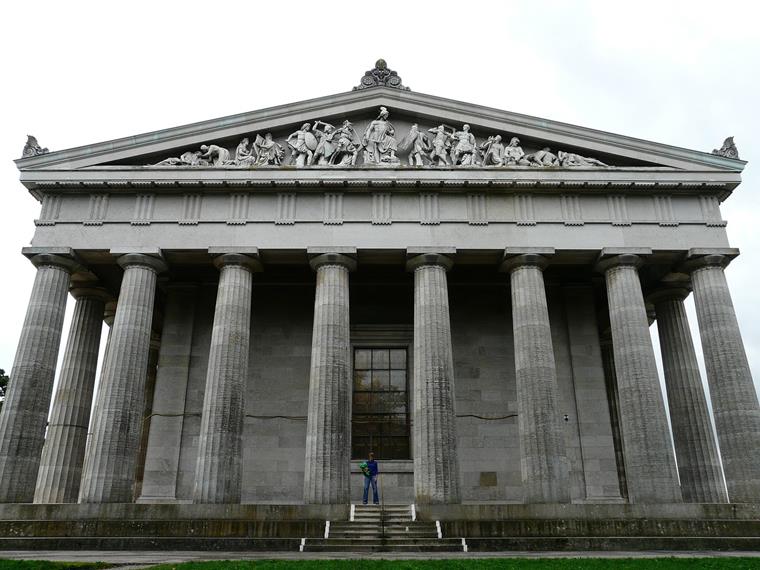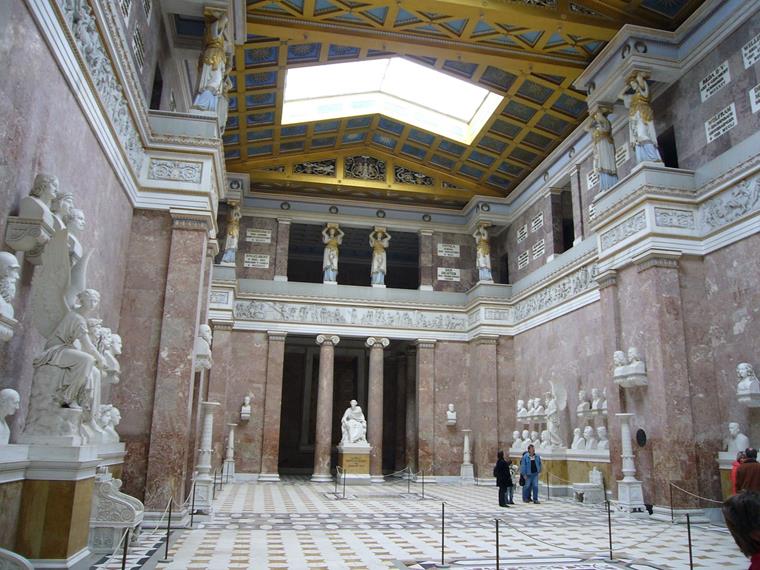The sumptuous architecture of the Baroque period gradually went out of style at the end of the 18th century. Exuberant, completely exaggerated decorations, and blazoned gold everywhere: The building owners didn't want that anymore. As is so often the case, the tastes of the ruling class changed, and a new architectural style arose. Strictly speaking, it is not necessarily new, but is based on the principles of ancient temple buildings, although it also shows some features of the early Italian Renaissance.
Thus, architecture returned to its roots. Many buildings, especially government buildings, were built in the Classicist style and often shine in bright white. We will introduce you to the features of this fascinating architectural style and then look at some examples of Classicist buildings. In conclusion, we will discuss whether we can perhaps take something from Classicism for our modern construction industry. What can we learn from the old master builders? Get excited!
Features of Classicism
It is not difficult to recognize Classicist buildings from a distance; on the contrary. The often white, gray, or pastel-colored buildings, with clear symmetry and simple facades, have such a monumental effect that they are difficult to miss. Ancient, often Greek architecture with its columns and pilasters is an unmistakable source of inspiration for this impressive architectural work: the Doric, Ionic, and Corinthian orders celebrate a new heyday.
The classic triangular gable sits majestically above the entrance or in the middle of the facade, decorated with sculptures or an artistically designed relief, while the floor plans of the building were planned in clear, axially symmetrical forms. In general, symmetry plays an important role in Classicism. Meticulous mathematical precision and the exact determination of proportions hark back to the architectural style of antiquity, allowing it to shine in a new light.
In response to the opulent and playful design of previous periods, building owners longed for classic magnificence and harmony. This simple elegance combined with clear lines and structures makes Classicism a fascinating art of architecture that accompanies us not only throughout Europe, but as far as the United States.
Examples of Classicism
You've just read it: Interesting Classicist buildings are not available solely on the European continent. Presumably, the most famous of them can be found in the USA, right in the government capital, Washington, D.C. Both buildings have an eventful history that we want to view more closely. Most importantly: What makes these buildings Classicist?
White House
Washington, D.C., USA
Let's start with the most famous building of all: the residence of the US President. Since June 1791, this remarkable building on Pennsylvania Avenue has been the home of all US Presidents, except George Washington. By the way, its original name was the Presidential Mansion. In 1902, President Theodore Roosevelt officially decided that the nickname "White House" should also be the official name from then on.
Like many important buildings, the design of the White House was determined by an architectural competition, which was won by the Irish-born James Hoban. The construction was completed promptly at the turn of the century in 1800. This may be of interest to you: The iconic facade was originally painted yellow.
However, the Presidential Mansion's good fortune did not last long, as the War of 1812 soon broke out. British soldiers occupied the building in 1814 and burned it down completely. The reconstruction was only completed a few years later: this time with a facade painted white to this day.
The Classicist features are obvious even at first glance. The facade is almost undecorated, elegant, absolutely symmetrical, and the columns support a typical triangular gable. Incidentally, the color scheme is a creamy white called Whisper White, which comes from a company based in Germany.
United States Capitol
Washington, D.C., USA
Washington's landmark shines out at us from high up on Capital Hill. The symbol of democracy in the free world shines in Classicist white: The Capitol. As the impressive dome suggests, it was built based on the model of the ancient Pantheon. Legislative meetings of the USA have been held here since 1800. The joy of a permanent place for the House of Representatives, Senate, Supreme Court, and Library of Congress lasted only a few years.
Initially, the building paid the price for the poor state of the construction industry at the time. A shortage of materials and a lack of skilled workers quickly led to a situation where a leaking roof, crumbling plaster, and moldy floors were the cause of much discontent in the north wing by 1806. In 1811 the interior was, therefore, planned to be redesigned, but this project was quickly halted.
Like the White House, the United States Capitol fell victim to British forces during the War of 1812 and was almost completely burned down. The reconstructed building was enlarged several times, as the space gradually became too small for the regularly joining states. The most remarkable thing is the dome dominating the structure. The rotunda was already completed as a timber structure, and later replaced by a cast-iron dome with a height of 55 m (180.5 ft).
The impressive dome is not the only clear reference to ancient architecture. The simple yet elegant white facade design with its columns and typical triangular gable on the east side are characteristics of Classicism.
Panthéon
Paris, France
The story of this interesting building goes back to the long history of the square on which it was built. Since the fifth century, there has always been a church here. At the end of the 18th century, the plans were clear: King Louis XV commissioned the construction of a church for the massive Sainte-Genevièvein abbey.
In 1790, the building was completed after 26 years of construction, but at a turbulent time. The storming of the Bastille in 1789 marked the beginning of the French Revolution, and with it the renunciation of monarchy and the secular power of the church. The leaders of the Revolution explained the building as a secular memorial, and it remains so today.
The National Hall of Fame of Heroes and Revolutionaries of France is still an impressive tourist destination today. In addition to the Classicist gray facade with mighty columns and a triangular gable, there is also a monumental dome, inspired by its Roman namesake, the Pantheon. A huge pendulum hangs from the dome on a cable with a length of 67 m (220 ft). Jean Bernard Léon Foucault used it to prove the Earth's rotation on March 26, 1851.
Brandenburg Gate
Berlin, Germany
The symbol of Berlin was commissioned by King Frederick William II and completed in 1791, after three years of construction. Just two years later, the famous sculpture was placed on the Brandenburg Gate: a two-wheeled chariot pulled by four horses running side by side, while Victoria, the goddess of victory, holds the reins. This quadriga symbolized the arrival of peace in the city.
But that was just the beginning of an eventful story. The severe damage caused by bombings in World War II meant, among other things, that the sculpture had to be replaced as part of the reconstruction.
After the division of Germany and the construction of the Berlin Wall in 1961, a restricted area formed around the landmark, which was only filled with people again when the gate was opened after the Berlin Wall came down in 1989. The Brandenburg Gate became a symbol of German reunification.
The triumphal arch with Doric columns and a quadriga on the top is strongly reminiscent of the Propylaea of the Athenian Acropolis. It is one of the most important Classicist buildings.
Valhalla
Regensburg, Germany
The Valhalla is one of the most important German national monuments. The temple is majestically enthroned on a hill above the Danube. However, its origin does not lie in ancient times, as its typical appearance suggests. It is one of the most impressive Classicist buildings of the early 19th century.
When the Holy Roman Empire of German nation declined due to the consequences of the Napoleonic Wars, the German Federation was formed. In view of these high losses, King Ludwig I of Bavaria felt obliged to create a central national memorial.
Thus, he commissioned Leo von Klenze, one of the most famous architects of Classicism, to build a hall of fame for famous German personalities with the "German tongue". Construction lasted from 1830 to 1842 and it is considered a Classicist masterpiece for its synthesis of traditional ancient forms and the state of construction technology of that time.
Visitors can find here marble busts of 131 personalities and commemorative plates of another 65 important people in German history. With its gleaming white facade, ornate triangular gable, and column aisles, the temple resembles its ancient archetypes in both respect and precision: a true masterpiece of Classicist architecture.
Conclusion Classicism
After centuries of the pomp and splendor of absolutist rule and the power of the church, architecture returned to old ideals. We can find stylistic features typical of antiquity in these impressive monuments, evoking a completely different kind of awe in the viewer.
Tranquil, neutral facades without much embellishment stand out almost luminously from their surroundings and immediately catch the eye of visitors to the region. Such buildings leave a lasting impression and still cast a spell over us, even centuries later. So what can we learn from the master builders of Classicism to use in our modern construction industry?
What can we learn from Classicism?
Impressive buildings take time. This refers not only to the building itself, but especially to the planning. Classicist architects and engineers were often occupied with planning and careful preparation for months or years.
Of course, today we have completely different ways to shorten this period of time. However, we can take this diligence as an example. By taking more time to design buildings, fewer mistakes are made later, during construction. Otherwise, the hours saved can reach unimagined heights.
Delays or rescheduling due to errors in the initial planning stages cost time and money: Resources that can quickly lead to problems in our modern construction industry. If we took more time for the planning and preparation of a construction project rather than always wanting to implement everything as quickly as possible, we could achieve far more efficient and precise construction progress.
When it comes to building decoration, less is sometimes more, as the elegant facades of Classicist buildings clearly show. Moreover, we can use our knowledge of the architectural traditions of old master builders to construct timeless, innovative masterpieces using a refined form of the techniques of the past. Therefore, our modern construction industry needs a little more creativity and the courage to improve on what already exists instead of sticking to the standard.
